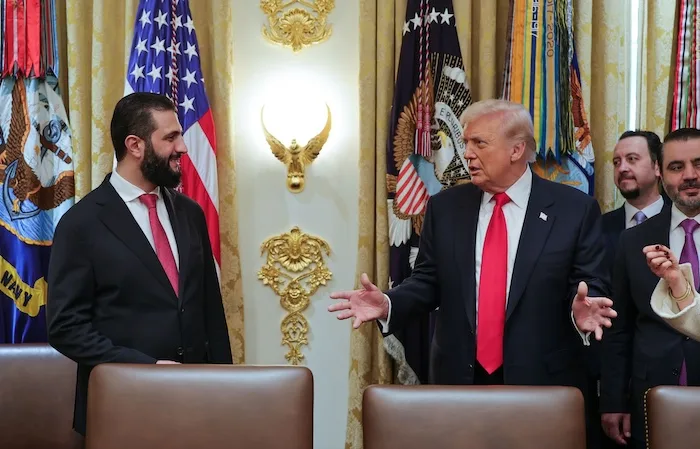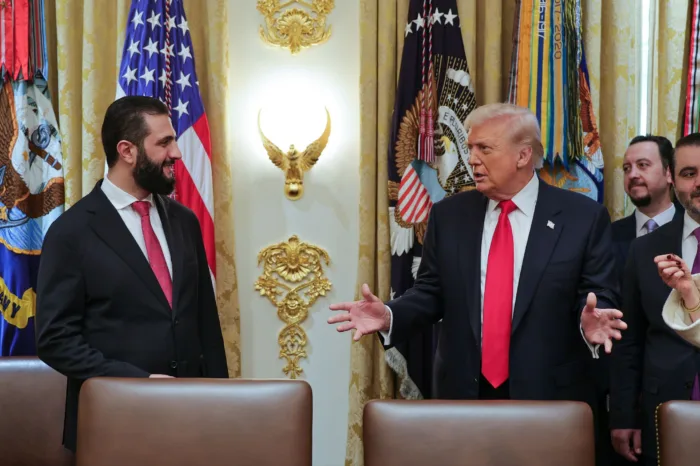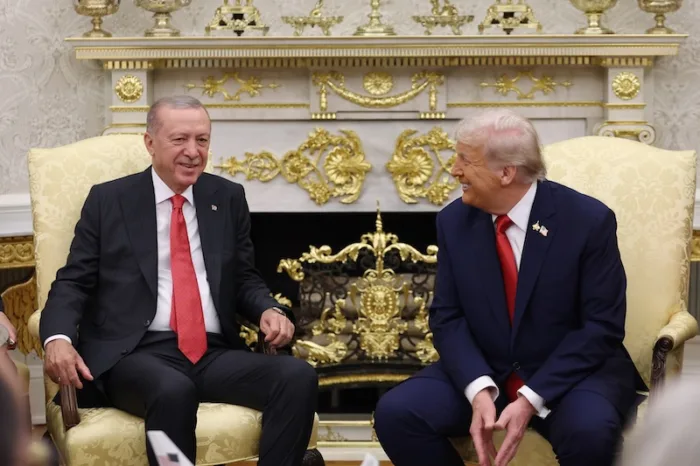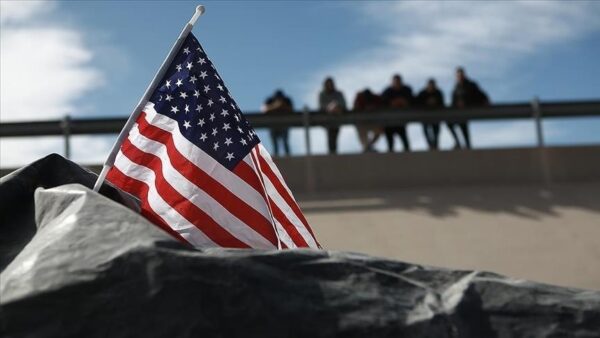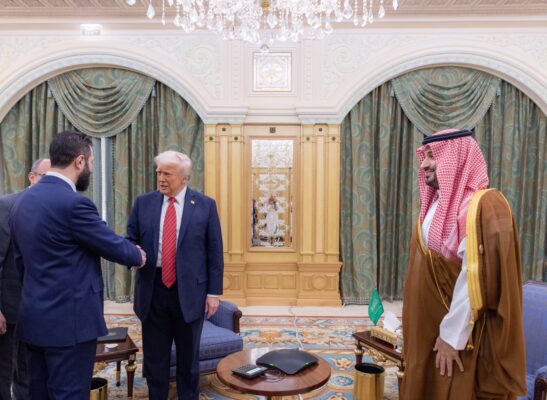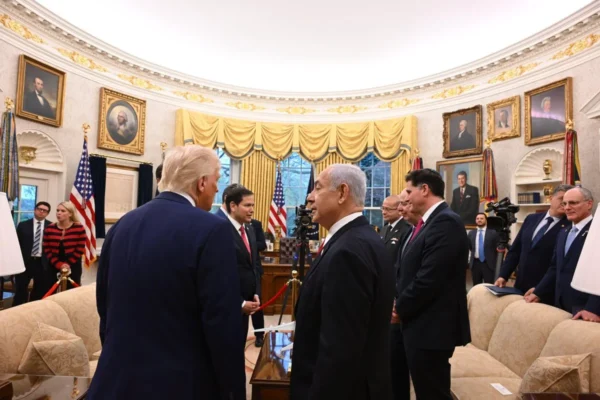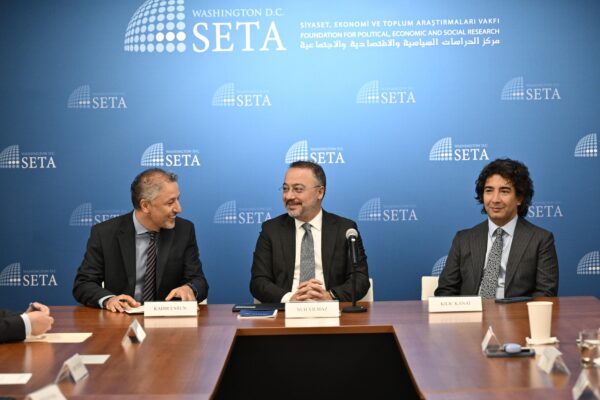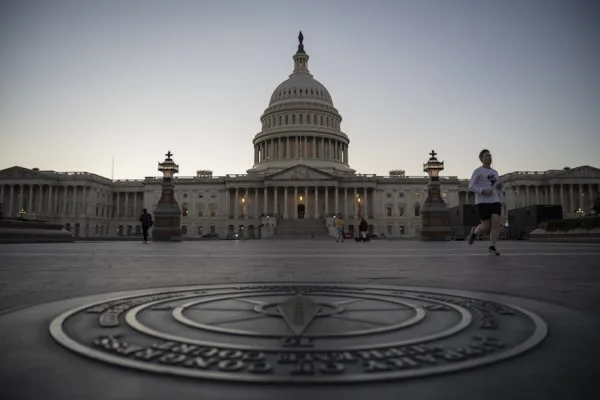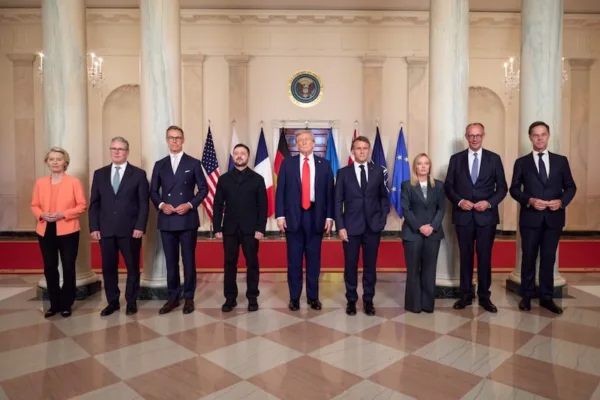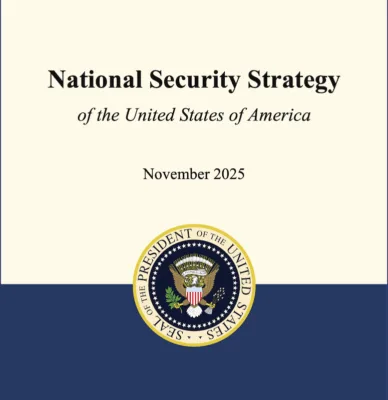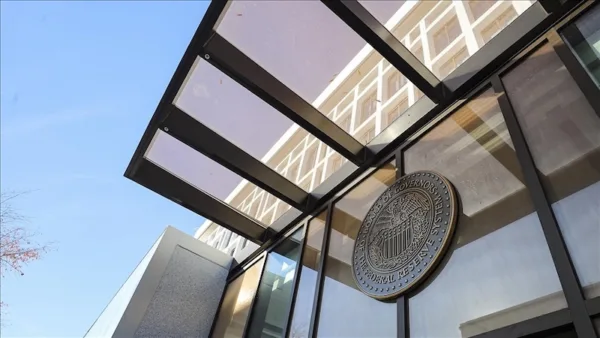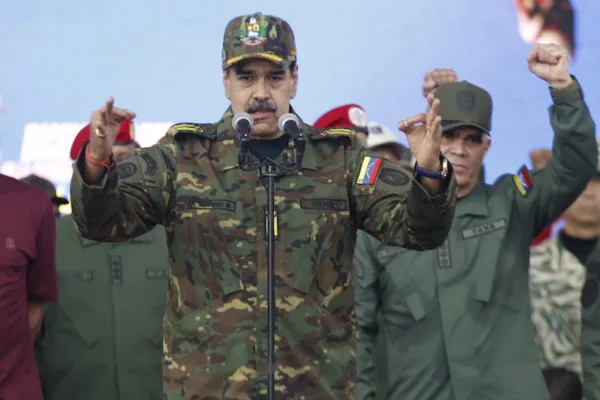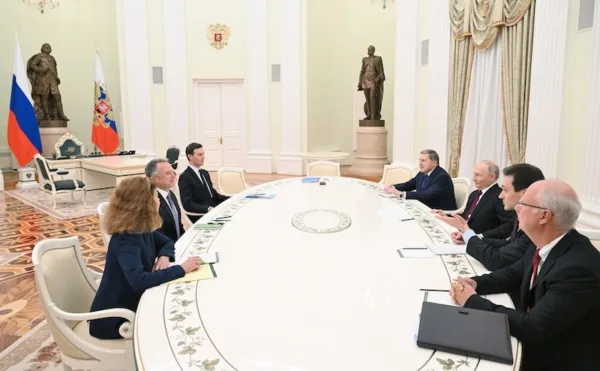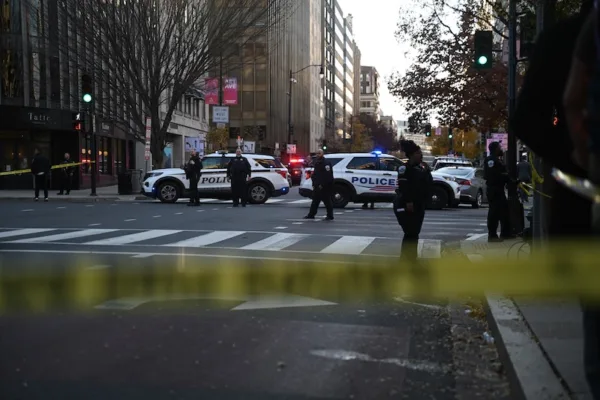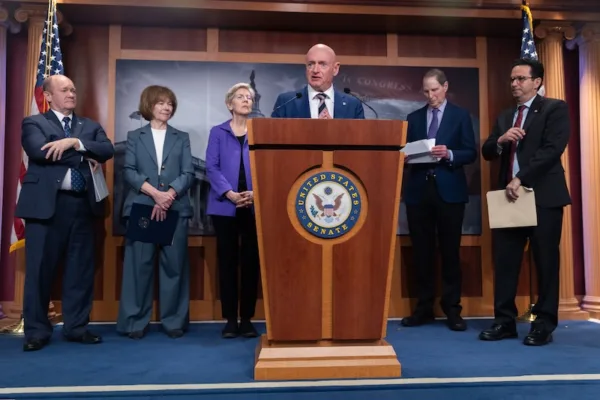The US-Turkey Safe Zone Agreement: What Does It Mean?
On August 6, 2015, the SETA Foundation at Washington D.C. organized a panel discussion entitled, “The US-Turkey Safe Zone Agreement: What Does It Mean?” The panelists included Sabiha Senyucel, Research Director, the Center for Public Policy and Democracy Studies (PODEM); Melissa Dalton Fellow and Chief of Staff, International Security Program, Center for Strategic and International Studies (CSIS); Mark Perry, Independent Author; and Kadir Ustun, Executive Director, the SETA Foundation at Washington D.C. The panel was moderated by Kilic Kanat, Research Director, the SETA Foundation at Washington D.C.
Sabiha Senyucel contextualized the recent US-Turkey deal and outlined the Turkish perspective on the regional conflict and turmoil. After the July 20th Suruc bombing, Turkey felt the need to take a more active role in the coalition efforts to combat ISIL and allowed the US access to Incirlik air base. Turkey has realized the importance of pushing back ISIL and now believes that, for this to happen, they must be able to assert some sort of control over Northern Syria. Despite the civil war in Syria initially being viewed as one of Syria’s “domestic issues”, Turkey now has three main concerns. Firstly, Turkey worries about its border security. Secondly, Turkey has obvious concerns about the refugee issue given the large numbers of displaced Syrians that are crossing their borders on a daily basis. Finally, this Syrian conflict has had profound implications on their own peace process with the Kurds and the PKK. This last consideration has led Turkey to the realization that this is not just a Turkish issue but is an international one. As Senyucel said, you “cannot discuss the PKK and PYD without US relations, ISIL and domestic issues in Syria”. She stressed that the safe-zone agreement should not be seen as a “honeymoon between Turkey and the US.”
Kadir Ustun picked up on the US-Turkey relationship saying that the US and Turkey do not have similar goals in Syria. He pointed to the fact that Obama himself has said that he is not trying to fix Syria and that, because of this mindset, “the US strategy is inherently limited.” He described US foreign policy in the region as a “non-strategy strategy”. While the recent “safe-zone” agreement between the US and Turkey is important, it “does not provide a comprehensive strategy” that Turkey was hoping for. Convergences between these two nations can be found in their common belief that ISIL is a problem. Their methods for dealing with this “problem”, however, are somewhat divisive. By empowering and legitimizing Kurdish forces in the fight against ISIL, the US has enabled the Kurds to believe that they are garnering increasingly high levels of international support for their desires for statehood. The US agreement with Turkey, though a sign of progress, is very limited and is not expected to develop into a broader relationship between these NATO allies. Ustun concluded by stating that this agreement “must be broadened” or we will see “short lived efforts” that don’t actually go anywhere.
Melissa Dalton agreed that both the US and Turkey have a common interest in fighting ISIL. From the US perspective the agreement is a very welcome development as it gives the US new access to Syria that it did not have when launching its aerial strikes and surveillance missions from the Gulf. She expects that there will be continued “back and forths” over what this agreement actually means. She believes that “’broader border cooperation’ is a good term to characterize this agreement and what it will lead to.” There are still some lingering questions that have not been answered. The issue of how deep the “safe-zone” that Turkey and the US have agreed to remains unclear. Dalton does not believe that the US will be willing to enact a full “no-fly zone” because the enforcement of this would come at a great cost during a “time of diminished resources”. Outstanding points of contention will complicate the broader cooperation between Turkey and the US that is needed to truly solve regional issues.
Mark Perry reiterated Ustun’s belief that the Obama administration does not have a comprehensive strategy in Syria. Instead Perry believes that there will remain three central principles and beliefs that will guide US action in the region. Of primary importance is the fact that the US will maintain its traditional relationships with states in the Middle East regardless of what they do domestically or internationally. Secondly, the US will not commit to regime change in Syria and will not demand the overthrow of the Assad regime as it has adopted a policy in which it attempts to limit its enemies. Finally, there is “no appetite” for providing political solutions through the application of military force (as the US attempted to do in Iraq). Recently, the US has seemingly recruited Turkey into the coalition effort to fight ISIL while simultaneously ignoring their desire to bring down the Assad government in Syria. He believes that US Central Command views Incirlik air base as a way of getting better intelligence on the northern Syria region that has been a “blind spot” for the US thus far. The US “needs to make some decisions” but that when faced with the “five wars happening in Syria” it has been incapable of action. He believes that one of the options the US might simply adopt is to do nothing.
There was strong agreement from the panelists that the joint American-Turkish train-and-equip program was not working. Ustun said it is “too little too late” to train Syrian moderate forces to combat either ISIL or Assad. Dalton said that there is simply “no logical injection points for the moderate opposition forces that are being trained” however, she did concede that a protected zone in northern Syria might be a good place from which this force could grow. Mark Perry asked, “when has train and equip ever worked?” He believes that the US is only going through with this “fiction” because it needs to have a symbolic presence in the region to counter the Iranians.
Ustun concluded the event by assessing whether the current “safe-zone agreement” between the US and Turkey is a “game changer”. Turkey and the US are looking at Syria from two different perspectives and see different issues as the main problem in the region. The US sees the elimination of ISIL as the top goal, while Turkey believes that a political solution to dealing with the Assad regime is more important. When their goals align, only then can they structure their tactics in a coordinated fashion. This agreement is not a complete overhaul of US-Turkish efforts in the Middle East. Yet, it is a sign that Turkey realizes that ISIL will need to be eliminated in order to bring about long-lasting political stability in Syria.
Event Photos


